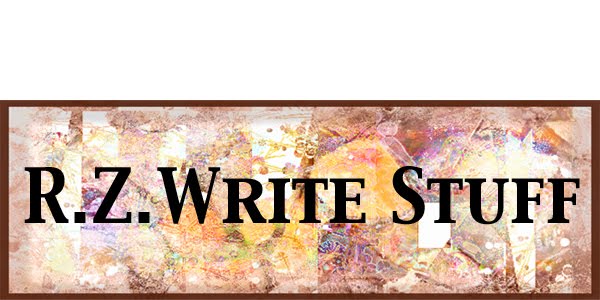
Synesthetic Impressions
This writing exercise idea was offered by Dr. Jeffrey Lee in a class at the University of Northern Colorado.
.
Synesthesia is a condition in which one affected by it will experience a transfer of information received from one sense to an impression in another sense. Trying to
.
Since my own mother experienced these kinds of sensations, and since this was the first time I ever knew there was a name for the condition, when I chose to write a series of poems about my mother, I tried to interpret her experience of the world through the prism of mixed senses, in a group poems about her. This is one of these:
.
Summer Sybarite 1918
Once she found it strange that no one
else saw by touch or heard the secrets
sung by woodland trees, or that others
never smelled the same colors as she,
or felt melodies moving playfully upon
their skin, as she felt on hers.
.
When she asked if her
grandfather felt itches from different
pitches played on his violin, his look
was so completely shocked, she
decided these sensations should
not be mentioned. Private. Secret,
and as she grew, she wondered if
the extrasensory and purely pleasurable
perceptions she gained, were perhaps,
dangerous, and… evil?
.
It would remain her secret, a pact
sealed by the sweetness of sun kissed
berries, silenced behind sealed lips,
but told maybe only one sometime day
to her one and only one time love.
.
Yes! she dreamed of love, and
sometimes fame, and music always,
accompanied her thoughts, filling her
heart with a crescendo of joy or a dirge
of sorrow, if that was what was on the wind.
.
On summer nights, through the upper
window she watched the sensual dance
of the Aurora borealis. She reached
with outstretched palms toward
the rainbow curtains, silently matching
the swell of those colors to tones of
keystrokes, set to music using the rhythms
she heard in her head, as she watched
the harmonies of ribbons unfold
across the sky,
but remembering always
to praise God for these blessings…
for being alive, punctuated by being
an instrument of such pure pleasure.
.
Yet at times she feared that things
which brought such rapture were not
of God, but were instead meant
to test her in this, her private wilderness,
where senses never kept their place.
.
.
Writing Exercise Challenge:
.
Try to convey the impression of an auditory environment , and sounds as accurately as possible but use words normally used to describe “colors, temperatures, textures, scents, flavors and even synesthetic sensations.” Lee said “one poet wrote a piece that transfigured sounds into the way one would dance to them” choreographing the sound and dancing to them.
.
There are several other parts to this exercise beyond just using mixed senses and impressions as a beginning. if you are interested, you might try to contact Dr. Jeffrey Lee via a Google search for
Jeffrey Lee, Invisible Sister- Many Mountains Moving. (one of his poetry books.)
Writing on this blog is the © of Ruth Zachary.



